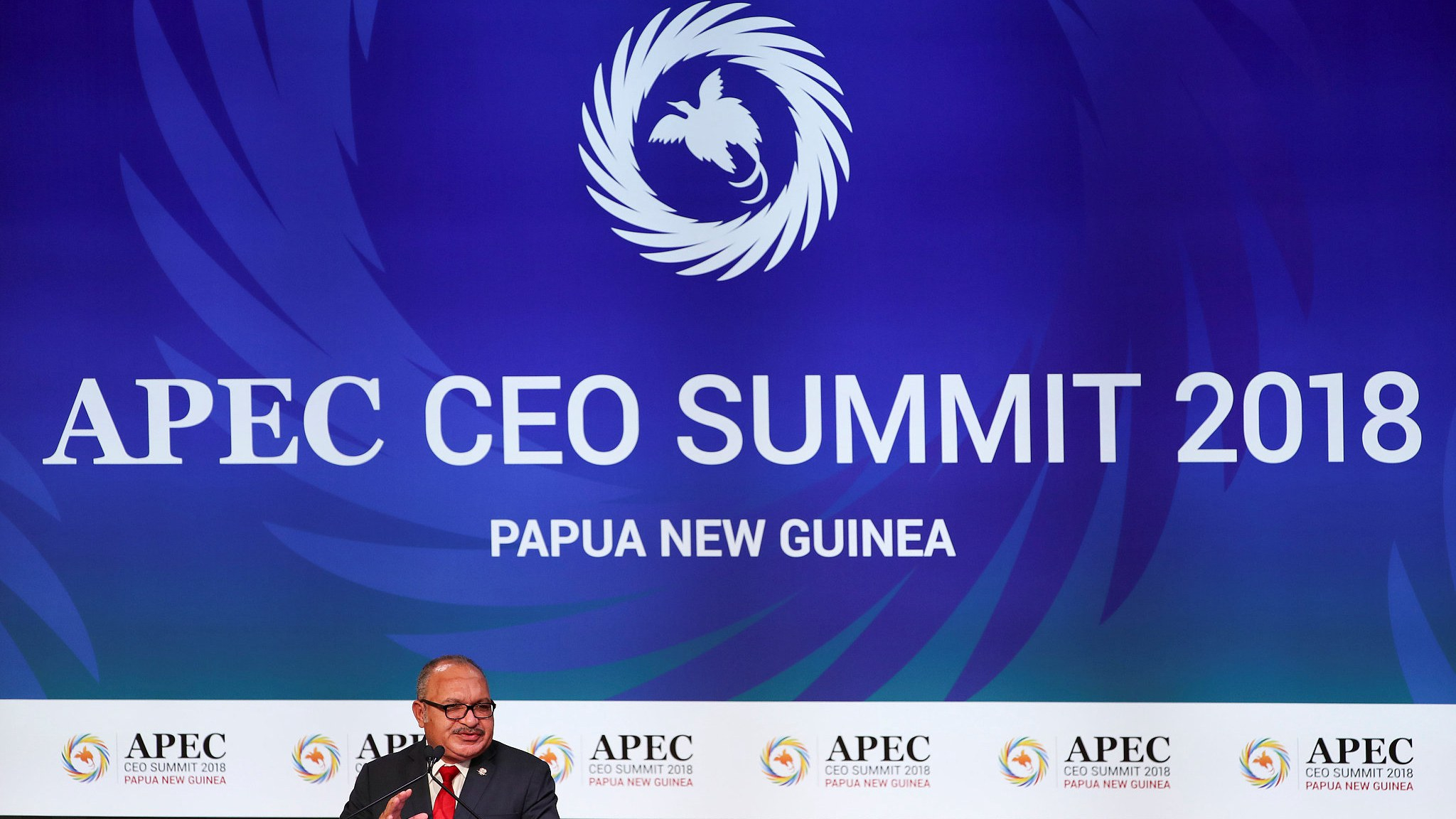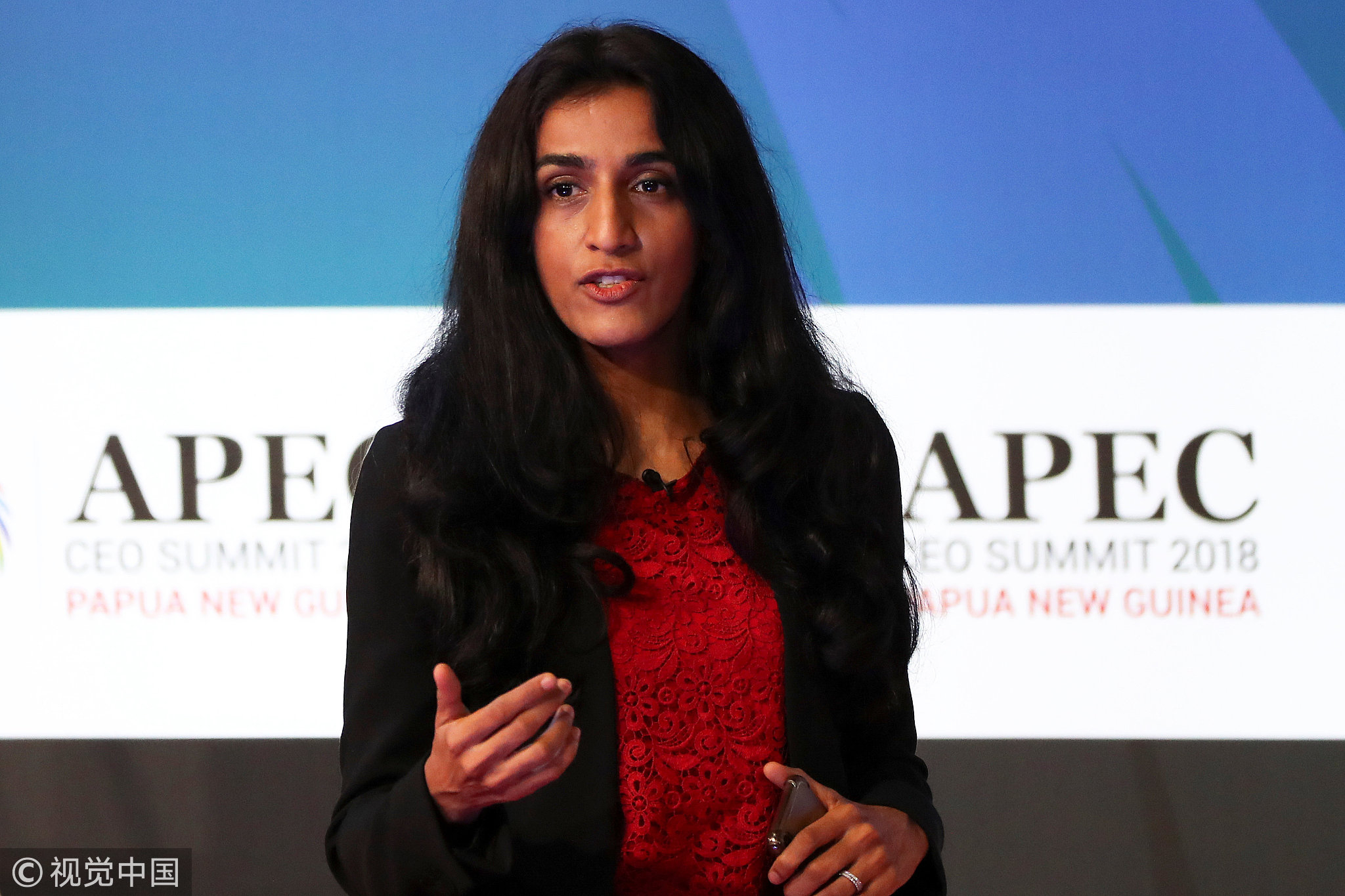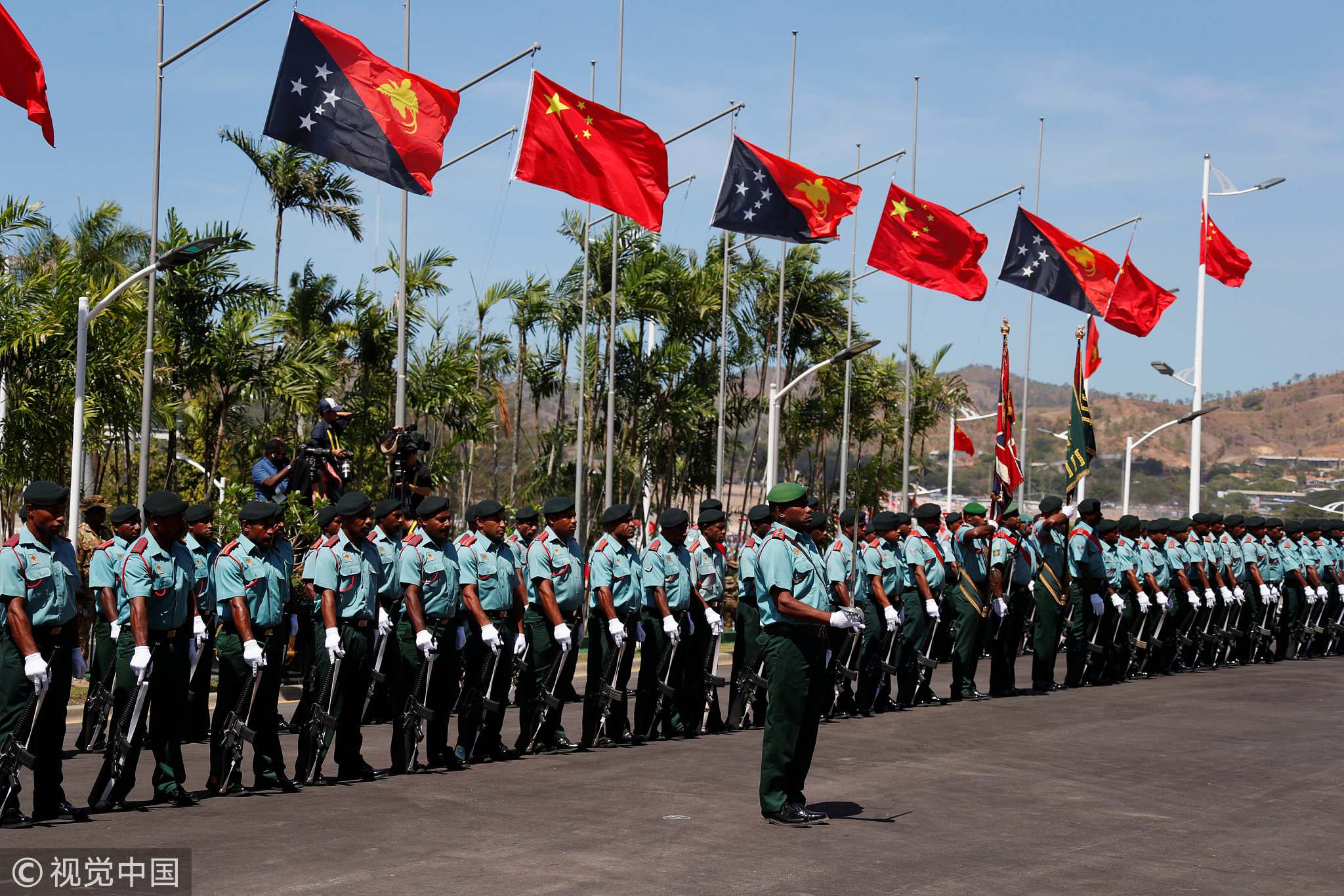
Opinions
18:03, 16-Nov-2018
Opinion: Build an open Asia-Pacific through APEC and BRI
Updated
17:12, 19-Nov-2018
Guan Zhaoyu & Cao Xuanlu

Editor's note: Guan Zhaoyu is an associate research fellow at the Chongyang Institute for Financial Studies, Renmin University of China (RDCY). Cao Xuanlu is an intern at the RDCY. The article reflects the authors' opinion, and not necessarily the views of CGTN.
The 2018 Asia-Pacific Economic Cooperation (APEC) Leaders' Week is underway in Papua New Guinea from November 12 to 18, while Chinese President Xi Jinping will attend the APEC leaders' meeting from 17-18.
Since joining APEC in 1991, China has always been a staunch supporter of the Asia-Pacific cooperation and actively promoted peace, stability and prosperity in the region. In 2017, President Xi Jinping delivered a keynote speech at the APEC CEO Summit in Da Nang, Vietnam, saying that we should continue to enhance connectivity and achieve interconnected development. With the launch of the Belt and Road Initiative (BRI), China will create a broader and more dynamic platform for Asia-Pacific cooperation.

CEO of ADDO AI Ayesha Khanna speaks during the APEC CEO Summit 2018 at the Port Moresby, Papua New Guinea, November 16, 2018. /VCG Photo
CEO of ADDO AI Ayesha Khanna speaks during the APEC CEO Summit 2018 at the Port Moresby, Papua New Guinea, November 16, 2018. /VCG Photo
The BRI has a clear focus on promoting economic connectivity and boosting interconnected development to achieve common prosperity, which is very much in line with APEC's blueprint. At present, the majority of APEC member states have responded to the call of pushing forward the BRI, which also conforms to the trend of economic globalization and regionalization.
The Asia-Pacific region is China's largest trade cooperation region in the BRI. In 2017, China's total import and export value from the BRI states in Asia-Pacific reached 817.86 billion dollars, accounting for 56.8 percent of the total amount from BRI states. Economic and trade cooperation between China and the Asia-Pacific region has been reinforced.
Also, China beefs up both the “hard infrastructure” by building new roads and railways and the “soft infrastructure” by promoting trade and transportation agreements in this region, greatly enhancing regional connectivity. The BRI has been well implemented in the past five years and pushed the investment and trade facilitation further in the Asia-Pacific region. It provides incentives for APEC to better implement its policies and boost economic development and regional cooperation in the Asia-Pacific region.
However, we are now seeing a profound change in global economics. Even though the global economy is back on track to gradual recovery, isolationism and unilateralism are also on the rise, hindering the process of globalization and bringing about a series of uncertainties and risks.
Some countries have set up trade barriers, such as imposing high tariffs, to protect its own industries. International trade frictions have also increased. Since China and the Asia-Pacific region are closely linked, it is necessary to build a more open Asia-Pacific under the framework of the BRI and APEC to better prepare ourselves for challenges in the future.
First, more strategic alignments of APEC and the BRI are needed. APEC is the highest-level, broadest and most influential economic and trade cooperation mechanism in the Asia-Pacific region. It is poised to promote trade by establishing the regional free trade zone, and strives to improve connectivity and regional economy in the region, which will also empower the BRI.

Honor guards during welcome ceremony for China's President Xi Jinping during a state visit ahead of the APEC Summit, at Parliament House in Port Moresby, Papua New Guinea November 16, 2018. /VCG Photo
Honor guards during welcome ceremony for China's President Xi Jinping during a state visit ahead of the APEC Summit, at Parliament House in Port Moresby, Papua New Guinea November 16, 2018. /VCG Photo
The BRI, which is built on the spirit of openness, inclusiveness and mutual benefits, provides more chances for the Asia-Pacific region to further develop. Therefore, combining these two forces will be beneficial to sustainable economic development in the region.
Second, cooperation in a broad range of areas and new cooperation models should be encouraged. One of the latest examples is the China International Import Expo (CIIE). China held the first ever international import expo in Shanghai from November 5 to 10, which is a significant move to expand China's imports and widen its opening up.
The CIIE attracted over one million attendees from 172 countries, regions, and international organizations, as well as more than 3,600 enterprises. Deals worth a total of 57.8 billion US dollars were secured. China is now taking actions to welcome foreign investors to access China's ever-growing market. There is no doubt that it is a win-win approach to offer China with quality goods at affordable prices and the rest of the world fair trade opportunities.
Third, cultural and people-to-people exchange with other countries should be enhanced. Cultural exchanges help to consolidate public support for cooperation in other areas, which is the premise and foundation for economic and trade cooperation.
Nowadays, people in other countries still misunderstand China. “China threat theory” and “China collapse theory” are still pervasive. Thus, it is essential for China to continuously deepen cultural exchanges.
We need to utilize the opportunities that the BRI and APEC provide to promote Chinese traditional culture, which can reduce misunderstanding and facilitate regional exchanges and cooperation.
As President Xi said, a commitment, once made, should be honored. Boosting development in the Asia-Pacific requires real actions by all of us. China will never slow its steps to open up and will actively develop partnership with Asia-Pacific counties and make effort to be an anchor for peace and stability in the Asia-Pacific region and beyond.
(Cover: Papua New Guinea Prime Minister Peter O'Neill speaks at the APEC CEO Summit 2018 at Port Moresby, Papua New Guinea, 16 November 2018. /VCG Photo)
(If you want to contribute and have specific expertise, contact us at opinions@cgtn.com)

SITEMAP
Copyright © 2018 CGTN. Beijing ICP prepared NO.16065310-3
Copyright © 2018 CGTN. Beijing ICP prepared NO.16065310-3